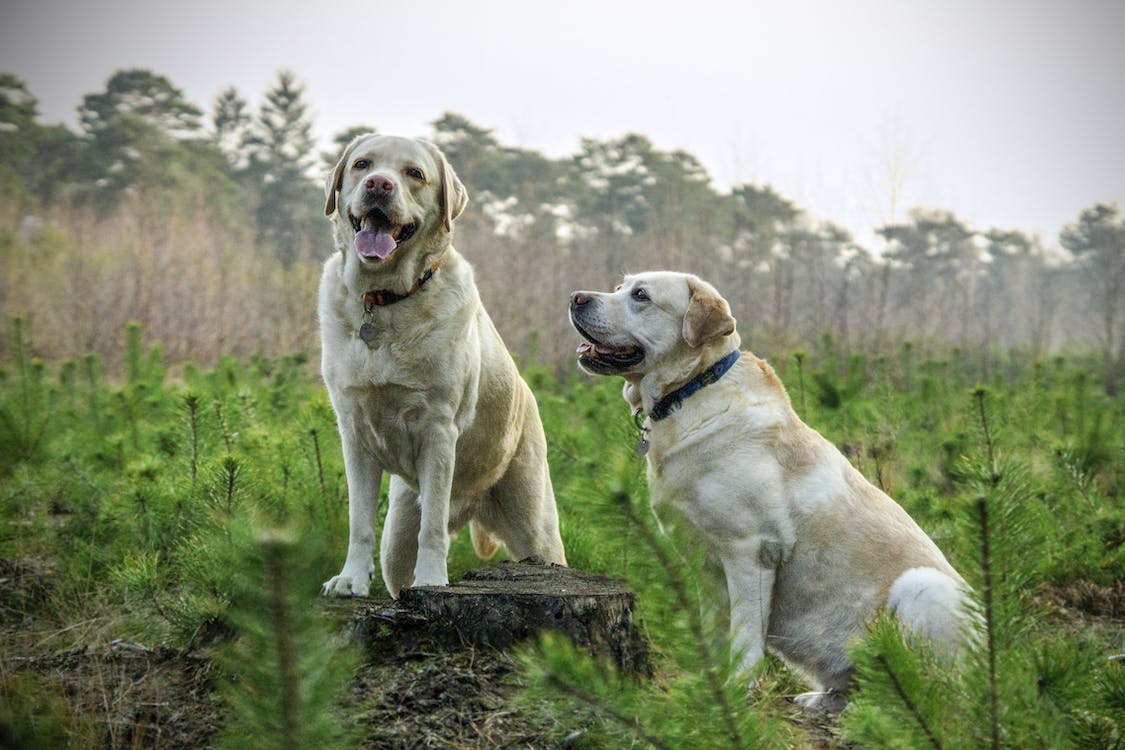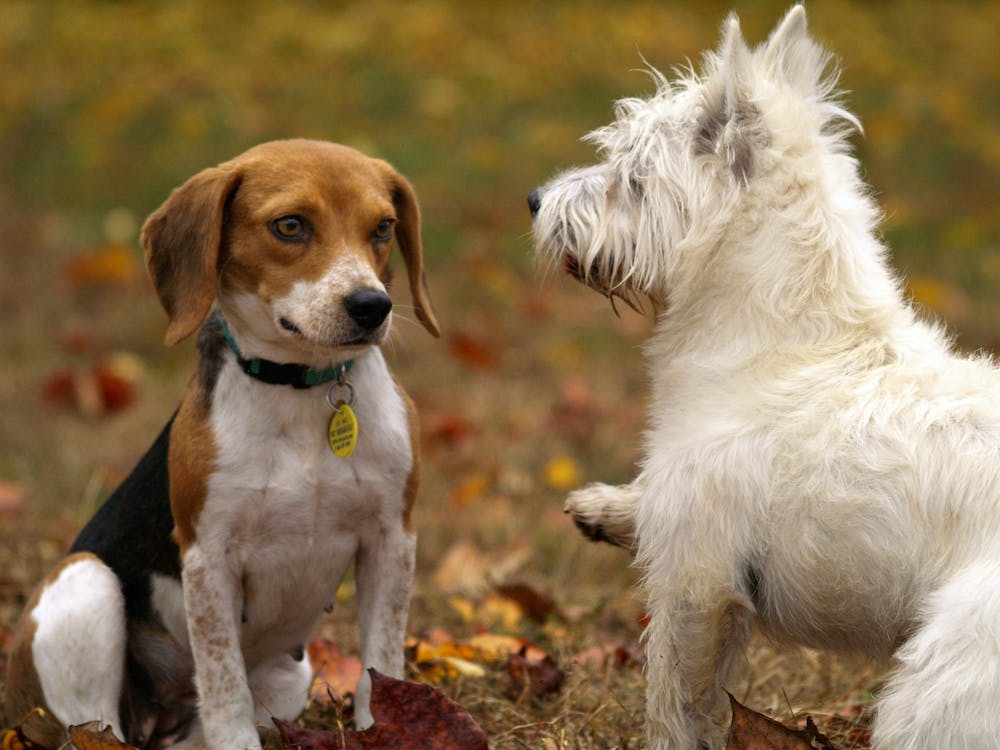As you watch your petite pooch attempting to squeeze onto your lap or hop up on the sofa, you have to wonder – does my dog realize how large or small they are relative to objects and other animals? While we can articulate height and weight abstractly, do dogs comprehend their own dimensions? Understanding canine cognition provides insight into their perception of size.
How Dogs Perceive Their Bodies
According to animal behavior experts, dogs likely do not have an internal concept of their precise proportions. However, they gain body awareness through:
Physical feedback – Proprioceptive signals from muscles and joints relay positional information helping dogs learn how their body moves through space.
Environmental interaction – Repeatedly encountering obstacles like narrow tunnels or gaps helps dogs learn which spaces their body fits through.
Social feedback – Reactions from other dogs and humans guide dogs toward appropriate interactions for their stature.
So while dogs may not think “I’m 2 feet tall and weigh 30 pounds,” they gain tangible information about their size from experience.

Ways Dogs Demonstrate Body Awareness
Dogs apply their working knowledge of their own dimensions through behaviors like:
- Adjusting stance and posture to fit into cozy spaces
- Altering pace and coordination to navigate around objects
- Selecting toys and chews proportionate to mouth size
- Interacting gently with significantly smaller or younger canine companions
- Looking to owners for help maneuvering objects requiring bigger size and strength
- Avoiding interactions with substantially larger dogs that could risk injury
So dogs reveal spatial reasoning skills adapted to their individual anatomy and limitations. Their actions reflect bodily mindfulness.
Why Little Dogs Don’t Seem to Recognize Their Size
Despite their small stature, little dogs often attempt the feats of much larger canines undeterred. Reasons pint-sized pups seem oblivious to their size constraints include:
- Lack of early socialization with bigger dogs to learn appropriate interaction styles
- Insufficient physical challenges to understand their limits
- Owner accommodation enabling them to access furniture, beds, and laps suited for larger breeds
- Napolean complexes leading to overcompensation among small dogs
- Inability to perceive differences from their eye-level vantage point
With proper boundaries and step stools, even tiny dogs can apply their true capabilities.

Do Puppies Know They Will Grow Bigger?
Young puppies explore the world much like human infants – mouthing, pouncing, climbing unaware of their incremental size. Developmental factors explain their clumsiness:
- Undeveloped spatial and proprioceptive abilities
- Rapid period of growth requiring constant body awareness adjustments
- Minimal experience navigating spaces or judging distances
- High pain tolerance allowing rougher collisions
- Poor sense of their strength relative to littermates
As puppies mature mentally and physically, they gain finer motor skills and coordination reflecting their increasing dimensions. But it takes maturity to apply this know-how.
Why Do Some Big Dogs Still Think They’re Lapdogs?
Some huge dogs never grasp that they outgrew lapdog status years ago. Reasons giant breeds still try to be cuddle bugs include:
- Owners indulging the behavior from puppyhood into adulthood
- Lack of boundaries communicating their large size
- Poor spatial skills or depth perception
- Preference for close human contact overriding size sensing
- Anxiety or insecurity seeking human comfort
- Arthritis seeking warm laps for pain relief
With positivity and consistency, even 100-pound dogs can learn to snuggle safely and settle their big bones more realistically.
Conclusion
While dogs likely don’t have an abstract concept of precise height and weight like humans, they gain somatic awareness from bodily feedback. Repeatedly navigating their environments adapts their actions to their individual size over time. However, puppies, spoiled pets, and anxious dogs benefit from guidance to help them apply their size capabilities consciously. With maturity, dogs integrate information about their physical selves to meet their needs.
